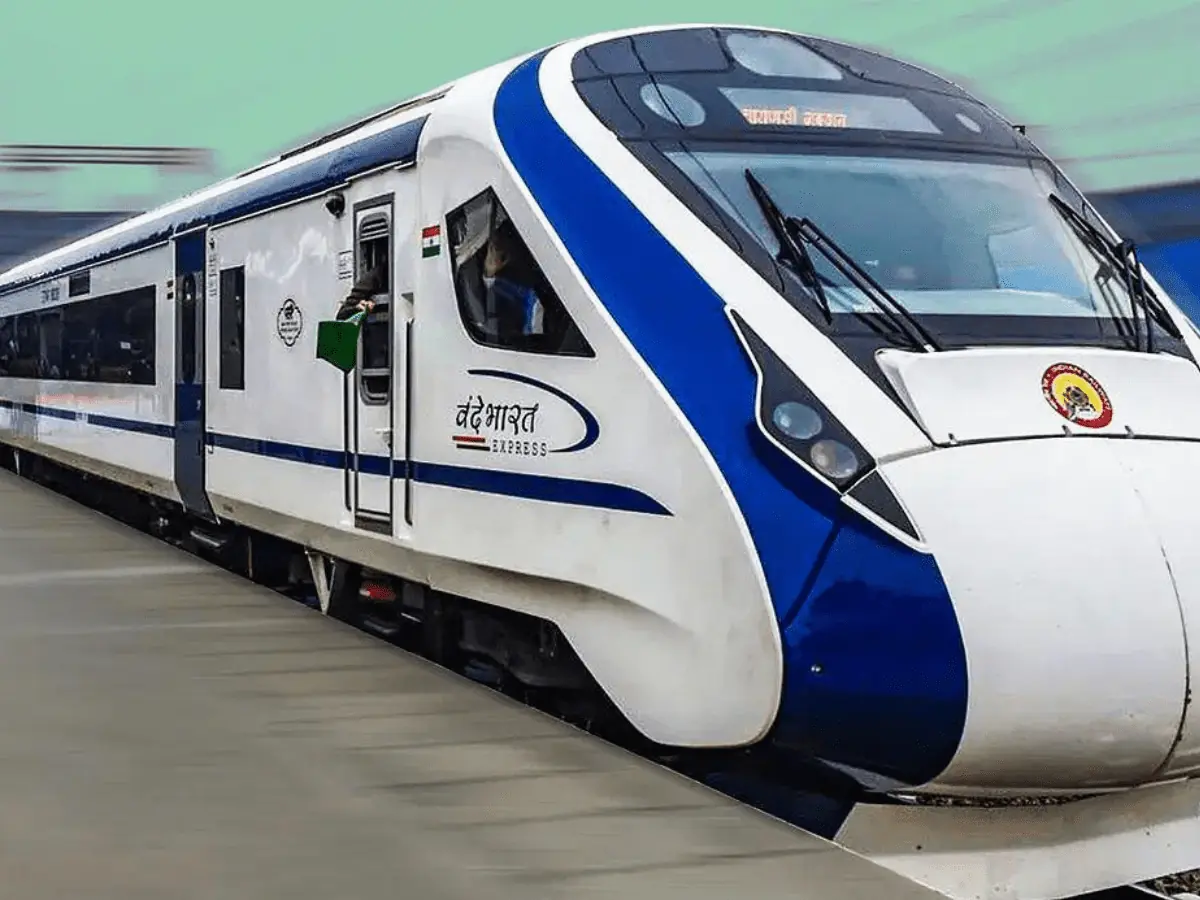
Mumbai-Ahmedabad Vande Bharat, Shatabdi Trains may run at max 160kmph from March; 30 min faster
MUMBAI : Long-distance express mail trains on the Mumbai-Ahmedabad route is expected to be operating at an increased speed of 160 kilometre per hour (kmph) on the existing Western Railway (WR) line of Mumbai division from March.
Confirming the same, Neeraj Verma, the Divisional Railway Manager (DRM) of Western Railway’s Mumbai division on Thursday said that major works have been completed, and the speed upgrade is expected to be implemented from March .
“This upgrade will allow long distance trains to run at an increased speed. Initially, only premium trains like Tejas, Shatabdi, and Vande Bharat will be operated at 160 kmph, closer to their potential speeds. Later, other Linke Hofmann Busch (LHB)- coach equipped trains can also benefit from the increased speed upgradation following the success of the system,” he said.
The increased speed is expected to reduce travel time by an average of 30 minutes, according to the Western Railway Mumbai division. On an average, from Mumbai division, there are 170 long distance trains running daily, out of which 120 are such long trains having LHB-equipped coaches.
Remaining are passenger trains that run at slower speed taking more station stoppages. Currently, the speed limits for long-distance train services are 100 kmph from Mumbai Central to Borivali, 110 kmph from Borivali to Virar, and 130 kmph from Virar to Ahmedabad. Starting from March, the increased speed limit will apply beyond Virar.
This is because there are local train services operating between Mumbai and Virar, so the speed will continue to be restricted to 100-110 kmph in that section.
The official explained that there are two main constraints to not increase the speed on the suburban section which runs from Mumbai to Virar.
“Firstly, there is a curve almost at every 2-3km of distance. Secondly, if the long distance trains run at the increased speed, then the suburban platforms which otherwise sees heavy human influx may have an adverse effect which is called ‘platform suction’ — due to high speed the train may take along with it, the other objects also,” the official explained.
To achieve the higher speed, the division is undertaking work in three main areas: track strengthening, upgrading electrical overhead wires and signals, and installing crash barriers to prevent stray animals from entering the railway track area.
